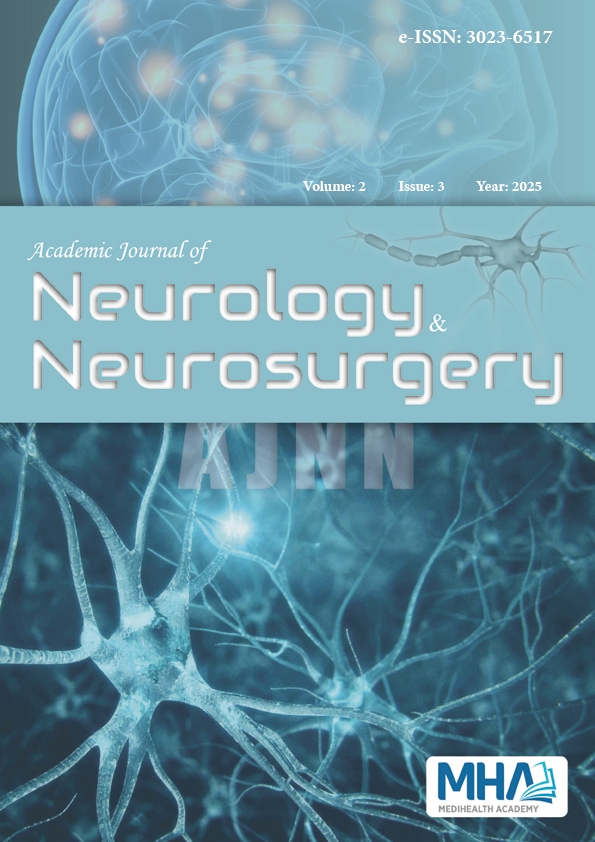1. De Arruda JA, Figueiredo E, Monteiro JL, Barbosa LM, Rodrigues C, Vasconcelos B. Orofacial clinical features in Arnold Chiari type I malformation: a caseseries. J Clin Exp Dent. 2018;10(4):e378-e382. doi: 10.4317/jced.54419
2. Bhimani AD, Esfahani DR, Denyer S, et al. Adult Chiari I malformations: analysis of surgical risk factors and complications using an international data base. World Neurosurg. 2018;115:e490-e500. doi:10.1016/j.wneu.2018.04.077
3. Kandeger A, Guler HA, Egilmez U, Guler O. Major depressive disorder comorbid with severe hydrocephalus caused by Arnold-Chiari malformation. Indian J Psychiatry. 2017;59(4):520-521. doi:10.4103/psychiatry.IndianJPsychiatry_225_17
4. Arora R. Imaging spectrum of cerebellar pathologies: a pictorial essay. Pol J Radiol. 2015;80:142-150. doi:10.12659/PJR.892878
5. Cama A, Tortori-Donati P, Piatelli GL, Fondelli MP, Andreussi L. Chiari complex in children—neuroradiological diagnosis, neurosurgical treatment and a new classification proposal (312 cases). Eur J Pediatr Surg. 1995;5(Suppl 1):35-38. doi:10.1055/s-2008-1066261
6. Hadley DM. Chiari malformations. J Neurol Neurosurg Psychiatry. 2002;72(Suppl 2):ii38-ii40. doi:10.1136/jnnp.72.suppl_2.ii38
7. Markunas CA, Enterline DS, Dunlap K, et al. Genetice valuation and application of posterior cranial fossa traits as endophenotypes for Chiari type I malformation. Ann Hum Genet. 2014;78(1):1-12. doi:10. 1111/ahg.12041
8. Lin W, Duan G, Xie J, Shao J, Wang Z, Jiao B. Comparison of outcomes between posterior fossa decompression with and without duraplasty in the surgical treatment of Chiari malformation type I: a systematic review and meta-analysis. World Neurosurg. 2018;110:460-474.e475. doi:10.1016/j.wneu.2017.10.161
9. Barkovich AJ, Wippold FJ, Sherman JL, Citrin CM. Significance of cerebellar tonsillar position on MR. AJNR Am J Neuroradiol. 1986;7(5): 795-799.
10. Padget DH. Development of so-called dysraphism; with embryologic evidence of clinical Arnold-Chiari and Dandy-Walker malformations. Johns Hopkins Med J. 1972;130(3):127-165.
11. Marín-Padilla M. Cephalic axial skeletal-neural dysraphic disorders: embryology and pathology. Can J Neurol Sci. 1991;18(2):153-169. doi:10. 1017/s0317167100031632
12. Zhang D, Melikian R, Papavassiliou E. Chiari I malformation presenting as shoulder pain, weakness, and muscle atrophy in a collegia teathlete. Curr Sports Med Rep. 2016;15(1):10-12. doi:10.1249/JSR. 0000000000000217
13. Rogers JM, Savage G, Stoodley MA. A systematic review of cognition in Chiari I malformation. Neuropsychol Rev. 2018;28(2):176-187. doi:10. 1007/s11065-018-9368-6
14. Jayamanne C, Fernando L, Mettananda S. Chiari malformation type I presenting as unilateral progressive foot drop: a case report and review of literature. BMC Pediatr. 2018;18(1):34. doi:10.1186/s12887-018-1028-8
15. Klekamp J. How should syringomyelia be defined and diagnosed? World Neurosurg. 2018;111:e729-e745. doi:10.1016/j.wneu.2017.12.156

